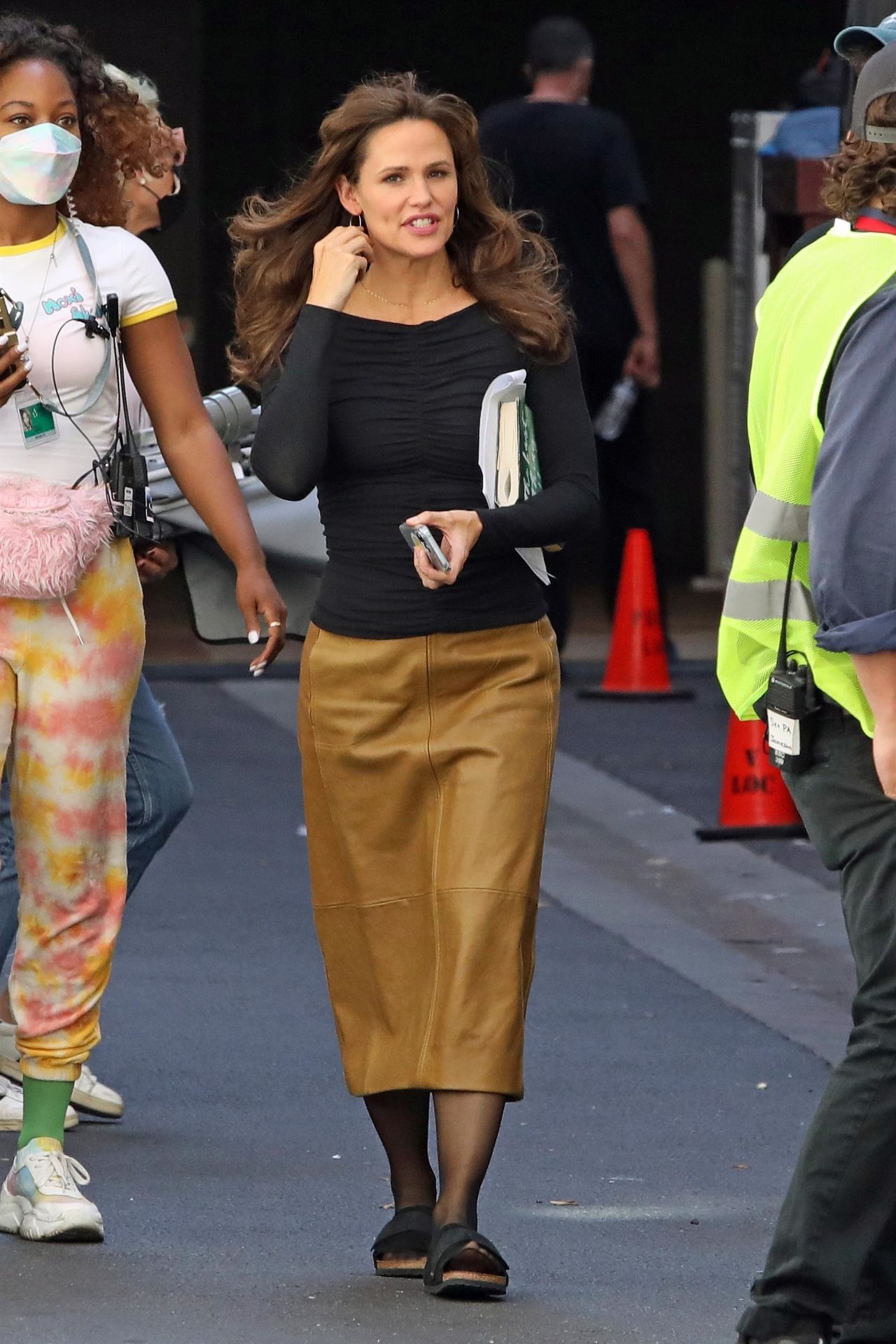

How does Dave pull it off? Part of the magic is in her plot: she offers up plenty of active puzzles for readers to try to solve alongside her protagonist. When the pieces settle into place at the end, they feel inevitable-we know this is where the characters have been pointing all along.

Having examined the novel closely, I’m not surprised it took Dave eighteen drafts to find her ending because it feels so completely earned. And when I found my way to the heart of the story (and its ending), it was so rewarding. Because The Last Thing He Told Me involves such intricate plotting, this process of writing and rewriting was even more involved than my other novels. It’s usually somewhere around draft eighteen-I wish that were an exaggeration-that I find my way to the ending. The next draft is where I begin to solidify theme and motivations. I utilize the first draft to find the characters and plumb the questions I want them to grapple with.

This means that writing for me is a process of rewriting. Dave discusses her process in the author interview included at the end of the novel:įor each of my novels, The Last Thing He Told Me included, I don’t write with an outline or any involved beat sheet. In this post, I want to step back and examine the overall architecture of the novel to find out how Dave handles plotting and pacing to produce a bonafide page-turner.Īs I discussed in my analysis of Tana French’s The Searcher, most novels do not match up exactly with any of the popular story structure outlines-and this is true of The Last Thing He Told Me as well. In previous posts on Laura Dave’s The Last Thing He Told Me, I examined how the opening pulls us in with the savvy use of dramatic irony and how Dave maximizes the impact of surprises in her scenes.


 0 kommentar(er)
0 kommentar(er)
